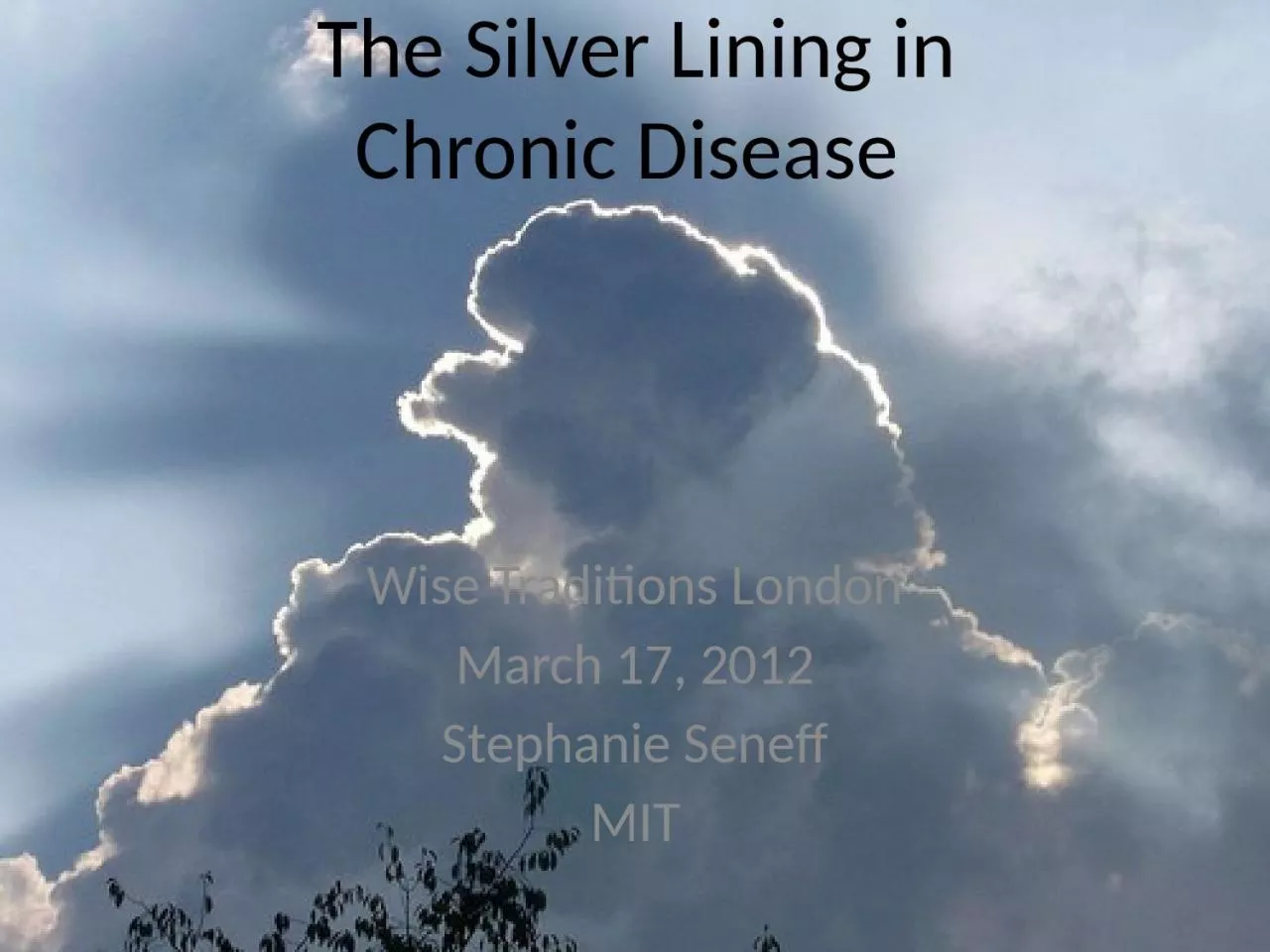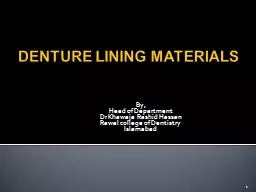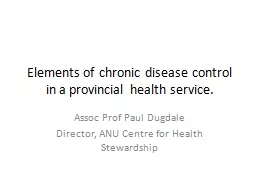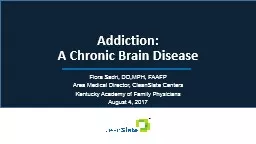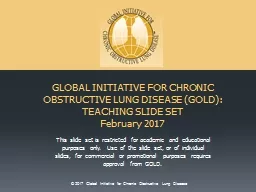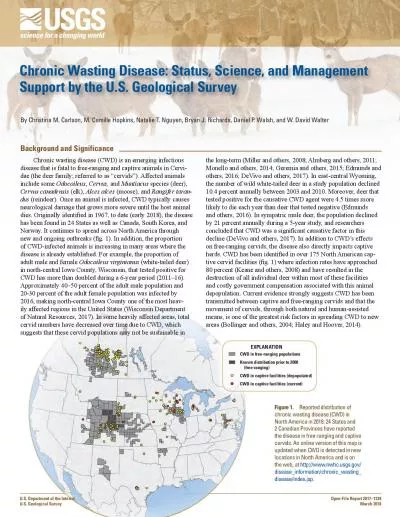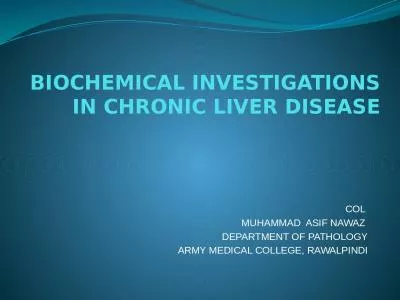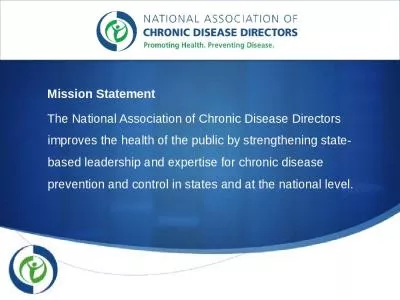PPT-The Silver Lining in Chronic Disease
Author : ruby | Published Date : 2024-01-29
Wise Traditions London March 17 2012 Stephanie Seneff MIT Cholesterol sulfate supplies oxygen sulfur cholesterol energy energy and negative charge to all the tissues
Presentation Embed Code
Download Presentation
Download Presentation The PPT/PDF document "The Silver Lining in Chronic Disease" is the property of its rightful owner. Permission is granted to download and print the materials on this website for personal, non-commercial use only, and to display it on your personal computer provided you do not modify the materials and that you retain all copyright notices contained in the materials. By downloading content from our website, you accept the terms of this agreement.
The Silver Lining in Chronic Disease: Transcript
Download Rules Of Document
"The Silver Lining in Chronic Disease"The content belongs to its owner. You may download and print it for personal use, without modification, and keep all copyright notices. By downloading, you agree to these terms.
Related Documents

